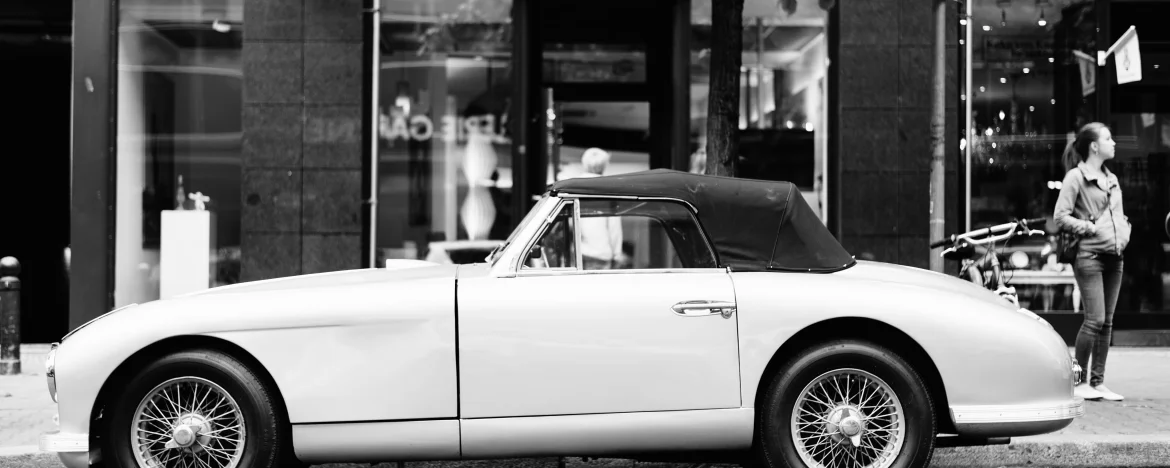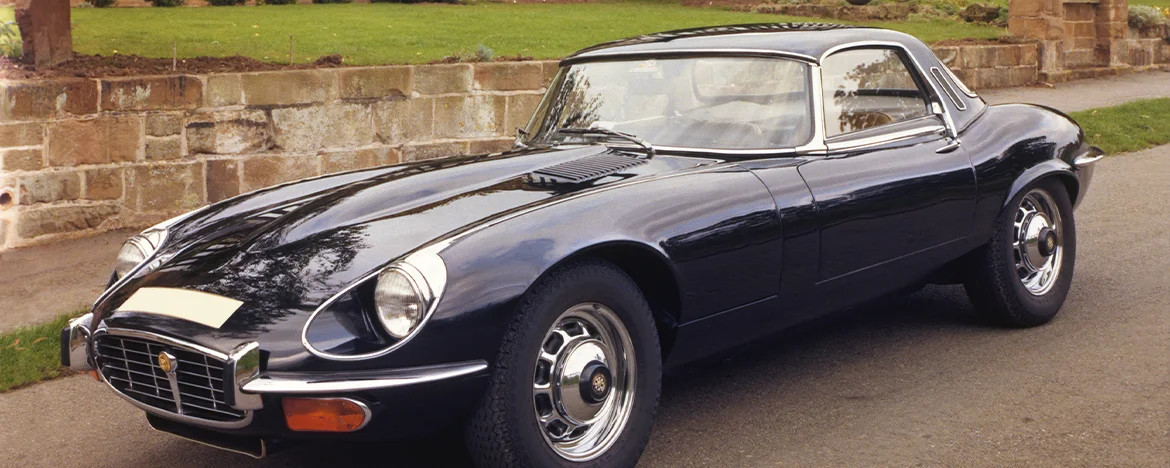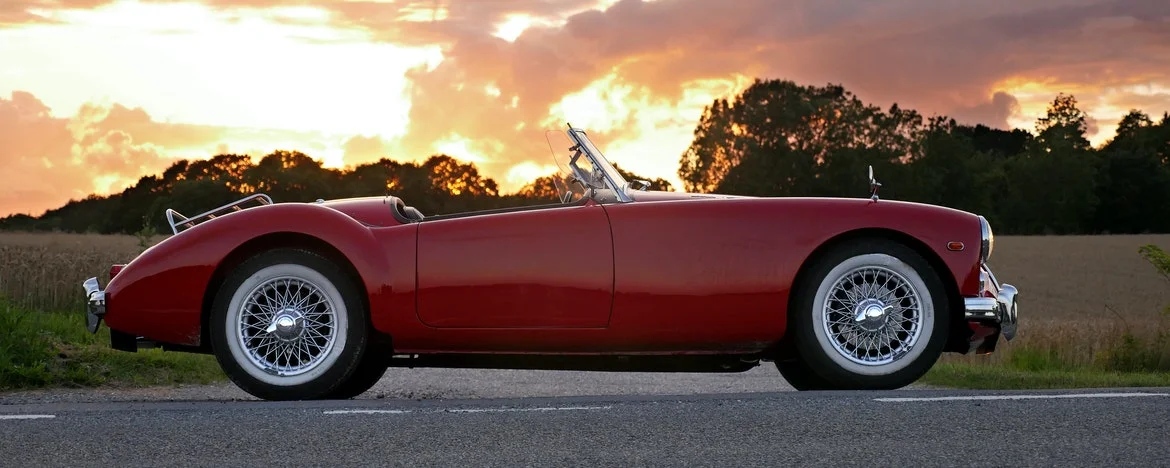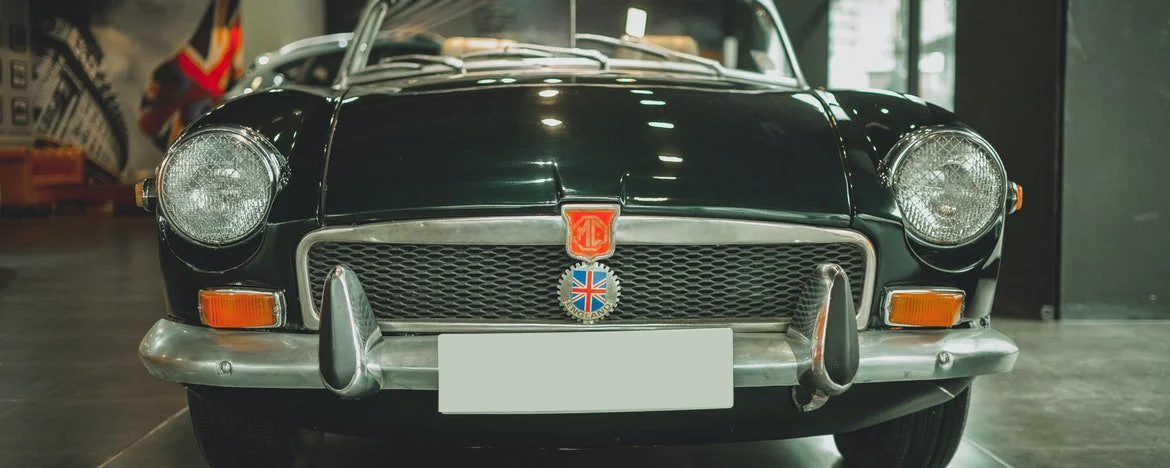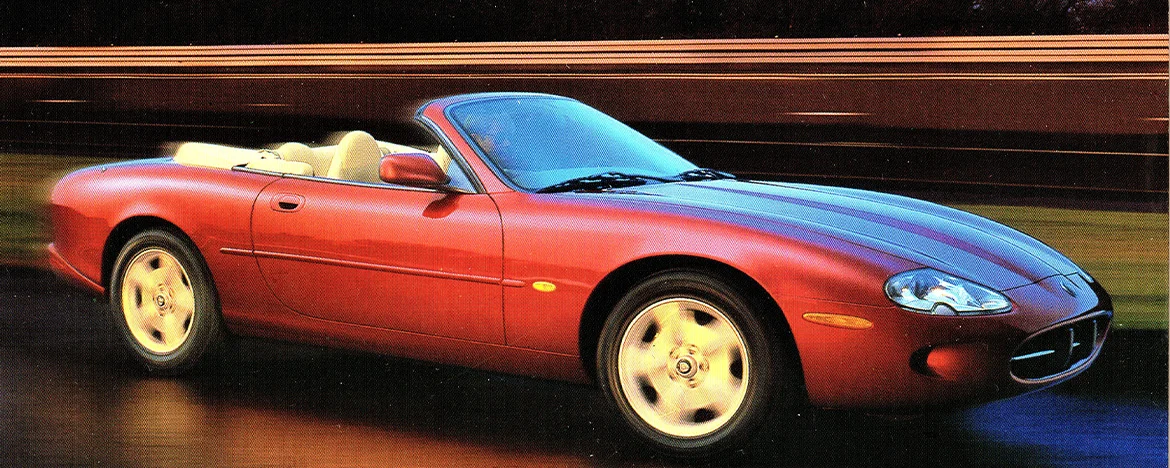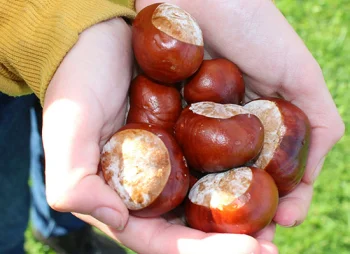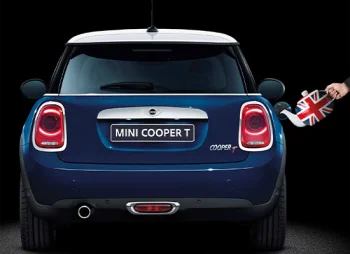Fancy a classic convertible?
Sleek, stylish and sporty – we choose the ultimate cars for summer driving
Britain is a nation of many things but one thing we do exceptionally well is create cult style icons, especially when it comes to cars.
With automotive giants such as Austin, Jaguar Land Rover and BMC under our belts, it’s fair to say we’ve had a good crack at the whip when it comes to designing high-performance, beautiful cars.
With the summer just around the corner and our thoughts turning to balmy evenings, it only seems right to dream of cruising on country lanes, wind in our hair with the top of our luxury convertible firmly down.
Fanciful thinking maybe, if, like us you don’t have a classic convertible to hand for such eventualities, but we can daydream. To fuel the fire, we are proud to bring you our top five most iconic British convertibles of all time.

